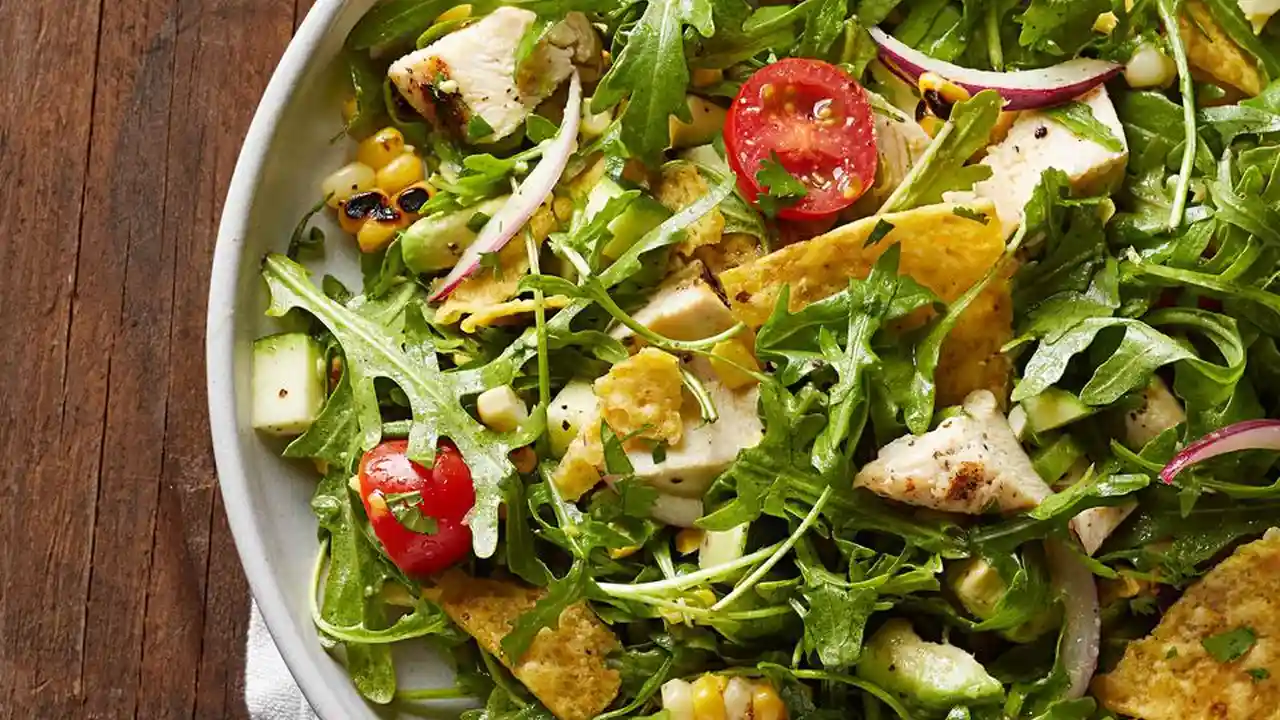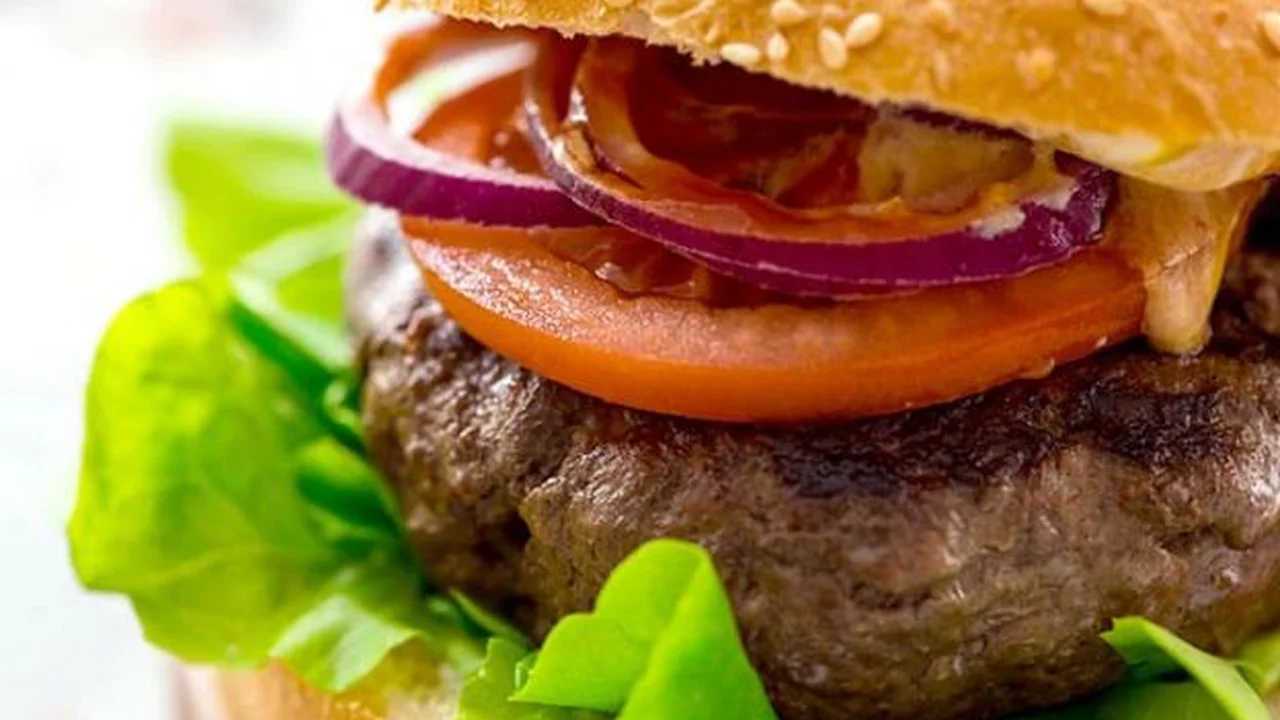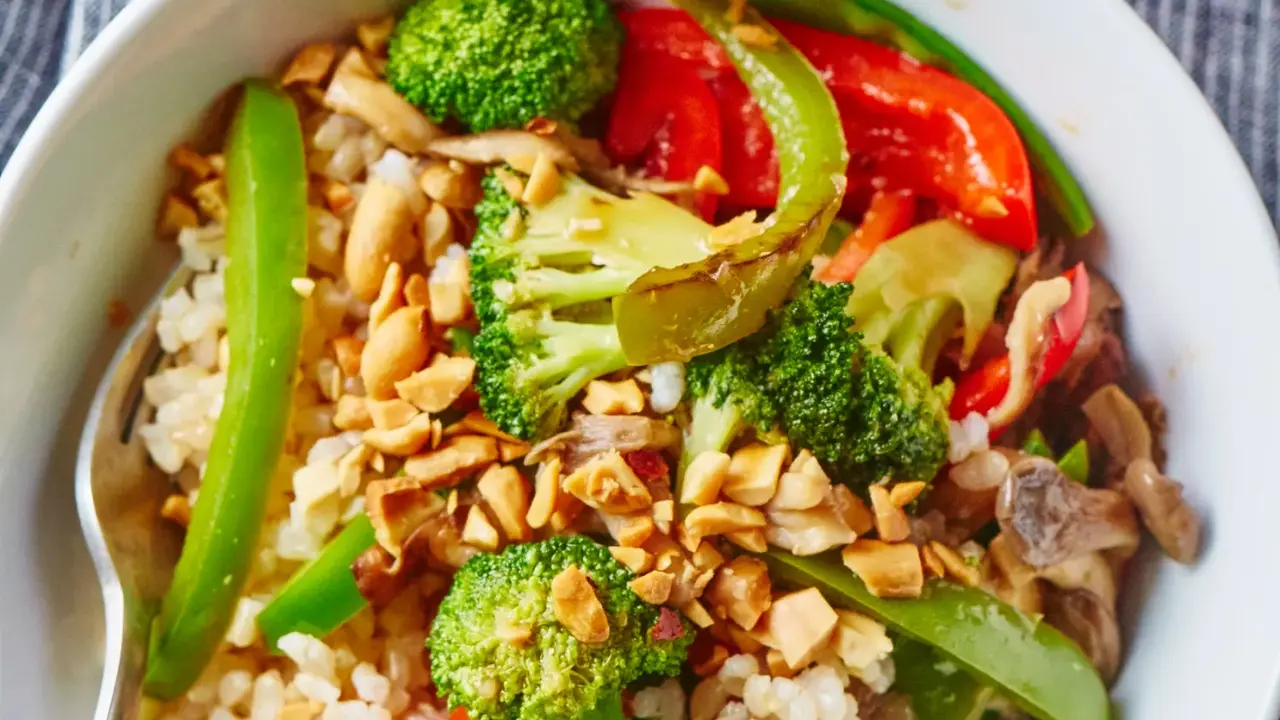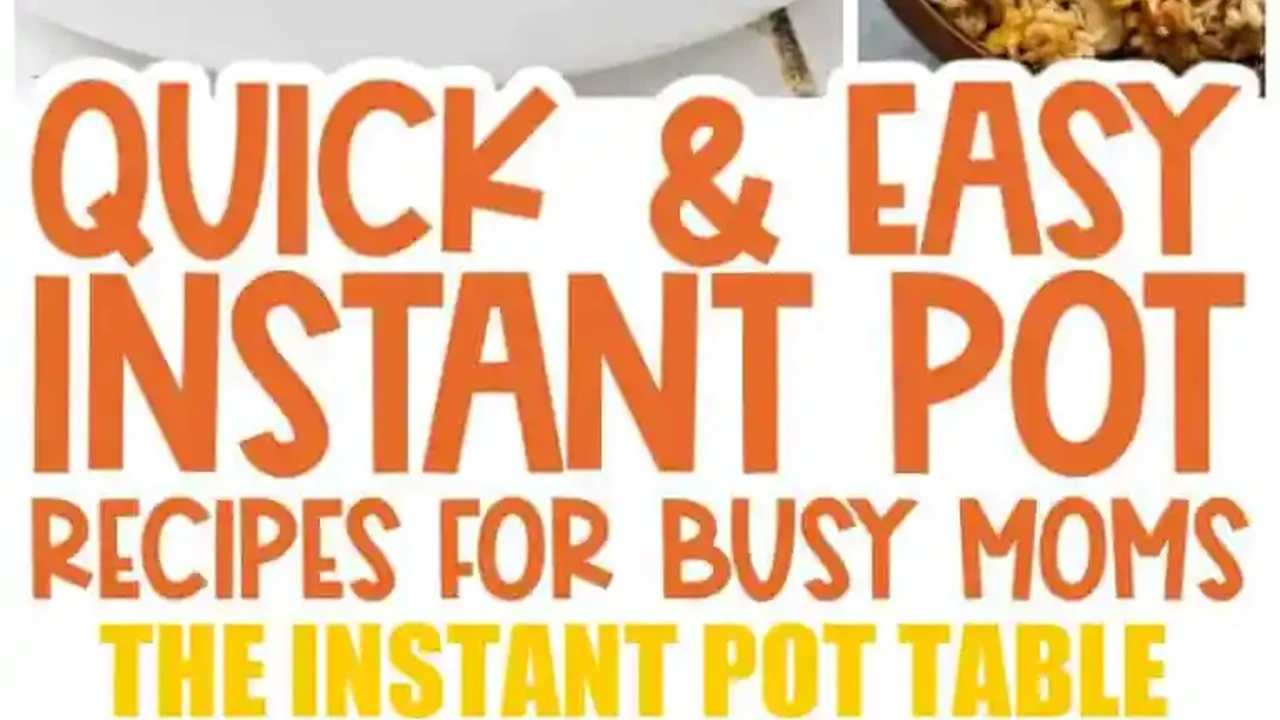5 Best Low-Sodium Recipes for Blood Pressure
Looking for low-sodium recipes to help you stay healthy while managing your blood pressure? These 5 recipes are low in sodium to help you stay healthy. Enjoy delicious and flavorful meals without the added salt.
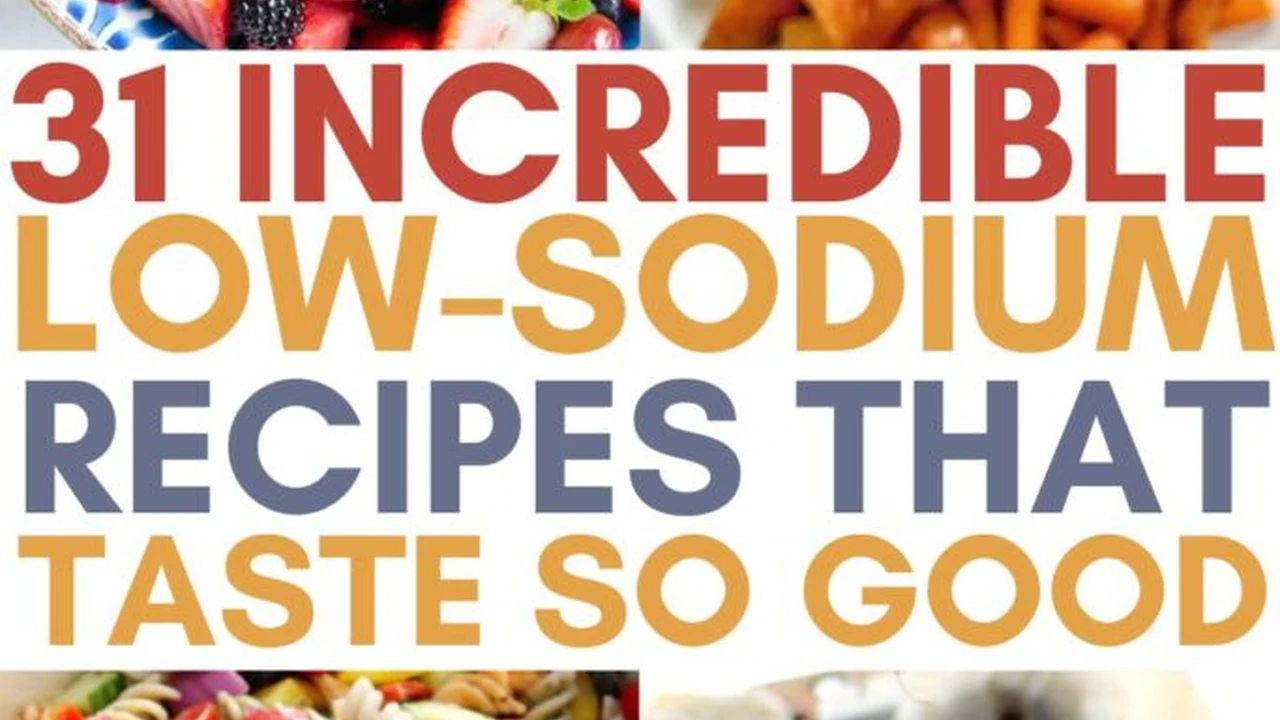
Understanding Sodium and Blood Pressure The Basics
Okay, let's get real about sodium. We all know it's in salt, but it's also hiding in tons of processed foods. Why is it a big deal? Well, sodium helps regulate fluid balance in your body. But too much sodium can cause your body to retain extra water, increasing blood volume and putting extra pressure on your arteries. Over time, this can lead to high blood pressure, also known as hypertension. And high blood pressure is a major risk factor for heart disease, stroke, and kidney problems. So, yeah, it's worth paying attention to.
The American Heart Association recommends limiting sodium intake to no more than 2,300 milligrams (mg) per day for most adults. Ideally, aiming for 1,500 mg per day is even better, especially if you already have high blood pressure. But let's be honest, that's easier said than done. The average American consumes way more than that, often without even realizing it.
The Challenge of Low Sodium Cooking Making it Taste Good
The biggest hurdle in low-sodium cooking is making it taste good. Salt is a flavor enhancer, and when you take it away, things can taste bland and boring. But don't despair! There are plenty of ways to add flavor without relying on salt. The key is to get creative with herbs, spices, citrus juices, and other flavorful ingredients.
Another challenge is identifying hidden sources of sodium. Processed foods, canned goods, and restaurant meals are often loaded with sodium. Reading food labels carefully is crucial. Look for products labeled "low sodium," "reduced sodium," or "no salt added." And when eating out, ask your server about sodium content and request that your food be prepared without added salt.
Top 5 Low Sodium Recipe Essentials The Ingredients You Need
Before we dive into the recipes, let's stock up on some low-sodium essentials. These ingredients will help you create flavorful and satisfying meals without relying on salt:
- Fresh Herbs: Basil, oregano, thyme, rosemary, parsley, cilantro – the possibilities are endless! Fresh herbs add vibrant flavor and aroma to any dish.
- Spices: Garlic powder, onion powder, paprika, chili powder, cumin, coriander, ginger, turmeric – these spices add depth and complexity to your recipes.
- Citrus Juices: Lemon, lime, and orange juice add acidity and brightness to your dishes.
- Vinegar: Balsamic, apple cider, and white wine vinegar add tanginess and depth of flavor.
- Low-Sodium Broth: Use low-sodium chicken, vegetable, or beef broth as a base for soups, stews, and sauces.
Recipe 1: Low Sodium Lemon Herb Roasted Chicken A Flavorful Classic
This recipe is a simple and delicious way to enjoy roasted chicken without added salt. The lemon and herbs add a bright and flavorful twist to this classic dish.
Ingredients:
- 1 whole chicken (about 3-4 pounds)
- 1 lemon, sliced
- Fresh herbs (rosemary, thyme, oregano), chopped
- 2 cloves garlic, minced
- 1 tablespoon olive oil
- Black pepper to taste
Instructions:
- Preheat oven to 400°F (200°C).
- Rinse the chicken and pat it dry.
- Place lemon slices and herbs inside the chicken cavity.
- Rub the chicken with olive oil, garlic, and black pepper.
- Place the chicken in a roasting pan and bake for 1 hour and 15 minutes, or until the internal temperature reaches 165°F (74°C).
- Let the chicken rest for 10 minutes before carving and serving.
Recipe 2: Low Sodium Vegetable Stir Fry A Quick and Healthy Meal
This stir-fry is a quick, easy, and healthy way to load up on vegetables without added salt. The soy sauce substitute and ginger add a savory and flavorful twist.
Ingredients:
- 1 tablespoon olive oil
- 1 onion, sliced
- 2 cloves garlic, minced
- 1 bell pepper, sliced
- 1 cup broccoli florets
- 1 cup snow peas
- 1 cup sliced mushrooms
- 2 tablespoons low-sodium soy sauce substitute (e.g., coconut aminos)
- 1 tablespoon ginger, grated
- Black pepper to taste
Instructions:
- Heat olive oil in a wok or large skillet over medium-high heat.
- Add onion and garlic and cook until softened.
- Add bell pepper, broccoli, snow peas, and mushrooms and cook until tender-crisp.
- Stir in soy sauce substitute and ginger.
- Season with black pepper to taste.
- Serve over brown rice or quinoa.
Recipe 3: Low Sodium Tomato Basil Soup A Comforting Classic
This tomato basil soup is a comforting and flavorful way to enjoy a classic dish without added salt. The fresh basil and balsamic vinegar add a bright and tangy twist.
Ingredients:
- 1 tablespoon olive oil
- 1 onion, chopped
- 2 cloves garlic, minced
- 28 ounces crushed tomatoes
- 4 cups low-sodium vegetable broth
- Fresh basil, chopped
- 1 tablespoon balsamic vinegar
- Black pepper to taste
Instructions:
- Heat olive oil in a large pot over medium heat.
- Add onion and garlic and cook until softened.
- Add crushed tomatoes and vegetable broth.
- Bring to a simmer and cook for 15 minutes.
- Stir in fresh basil and balsamic vinegar.
- Season with black pepper to taste.
- Serve with a dollop of Greek yogurt (optional).
Recipe 4: Low Sodium Black Bean Burgers A Vegetarian Delight
These black bean burgers are a vegetarian delight that's packed with flavor and fiber without added salt. The spices and lime juice add a zesty and savory twist.
Ingredients:
- 1 tablespoon olive oil
- 1 onion, chopped
- 2 cloves garlic, minced
- 1 (15-ounce) can black beans, rinsed and drained
- 1/2 cup breadcrumbs
- 1/4 cup chopped cilantro
- 1 tablespoon chili powder
- 1 teaspoon cumin
- 1 lime, juiced
- Black pepper to taste
Instructions:
- Heat olive oil in a skillet over medium heat.
- Add onion and garlic and cook until softened.
- In a large bowl, mash black beans with a fork.
- Add cooked onion and garlic, breadcrumbs, cilantro, chili powder, cumin, lime juice, and black pepper.
- Mix well.
- Form the mixture into patties.
- Cook the patties in a skillet over medium heat for 5-7 minutes per side, or until golden brown.
- Serve on buns with your favorite toppings.
Recipe 5: Low Sodium Baked Salmon with Dill A Heart Healthy Choice
This baked salmon is a heart-healthy and flavorful way to enjoy seafood without added salt. The dill and lemon add a bright and aromatic twist.
Ingredients:
- 4 salmon fillets (about 4-6 ounces each)
- 1 lemon, sliced
- Fresh dill, chopped
- 1 tablespoon olive oil
- Black pepper to taste
Instructions:
- Preheat oven to 400°F (200°C).
- Place salmon fillets on a baking sheet lined with parchment paper.
- Top each fillet with lemon slices and dill.
- Drizzle with olive oil and season with black pepper.
- Bake for 12-15 minutes, or until the salmon is cooked through.
- Serve with roasted vegetables or a side salad.
Low Sodium Product Recommendations & Comparisons
Low Sodium Soy Sauce Alternatives
Finding a good soy sauce substitute is key for Asian-inspired dishes. Here are a few options:
- Coconut Aminos: Made from coconut sap, it's naturally lower in sodium and has a slightly sweet flavor.
- Brand: Coconut Secret
- Price: Around $7-$10 per bottle
- Pros: Gluten-free, soy-free, vegan
- Cons: Can be a bit pricey, flavor is different from soy sauce
- Best Use: Stir-fries, marinades, dipping sauce
- Low Sodium Tamari: A wheat-free soy sauce option that's lower in sodium than traditional soy sauce.
- Brand: San-J
- Price: Around $5-$8 per bottle
- Pros: Gluten-free, more similar flavor to soy sauce
- Cons: Still contains soy, may not be low enough sodium for some
- Best Use: Sushi, stir-fries, marinades
- Liquid Aminos: Made from soybeans, it has a savory flavor but can be high in sodium depending on the brand. Check the label carefully.
- Brand: Bragg
- Price: Around $6-$9 per bottle
- Pros: Versatile, good source of amino acids
- Cons: Can be high in sodium, contains soy
- Best Use: Salad dressings, marinades, dipping sauce
Low Sodium Broth Options
Broth is a staple for soups and stews. Always opt for low-sodium or no-salt-added versions.
- Pacific Foods Organic Low Sodium Chicken Broth: A good all-around option with a clean flavor.
- Price: Around $3-$5 per carton
- Pros: Organic, low sodium, widely available
- Cons: Can be a bit bland on its own
- Best Use: Soups, stews, sauces
- Swanson No Salt Added Chicken Broth: A budget-friendly option that allows you to control the sodium content.
- Price: Around $2-$4 per carton
- Pros: Affordable, no added salt
- Cons: May need extra seasoning
- Best Use: Soups, stews, braising
- Better Than Bouillon Reduced Sodium Vegetable Base: A concentrated base that you can dilute with water to make broth.
- Price: Around $6-$8 per jar
- Pros: Concentrated flavor, versatile, long shelf life
- Cons: Can be tricky to get the right consistency, needs to be refrigerated after opening
- Best Use: Soups, stews, sauces, gravies
Salt-Free Seasoning Blends
These blends are a lifesaver for adding flavor without salt.
- Mrs. Dash Salt-Free Seasoning Blends: A wide variety of flavors, from garlic & herb to lemon pepper.
- Price: Around $3-$5 per bottle
- Pros: Convenient, wide variety of flavors, readily available
- Cons: Some flavors can be a bit overpowering
- Best Use: Seasoning meat, vegetables, eggs
- Simply Organic All-Purpose Seasoning: A blend of organic herbs and spices that's perfect for everyday cooking.
- Price: Around $5-$7 per bottle
- Pros: Organic, versatile, good quality ingredients
- Cons: Can be a bit pricey
- Best Use: Seasoning vegetables, meat, poultry
- Penzeys Spices Salt-Free Blends: High-quality spices and blends with unique flavor profiles.
- Price: Varies depending on the blend
- Pros: High quality, unique flavors
- Cons: Can be more expensive, may need to order online
- Best Use: Seasoning specific dishes, experimenting with flavors
Tips for Long Term Low Sodium Diet Success
- Read Labels: Become a label-reading pro. Pay attention to the sodium content per serving and the serving size.
- Cook at Home: This gives you control over the ingredients and sodium levels.
- Experiment with Flavors: Don't be afraid to try new herbs, spices, and citrus juices.
- Plan Your Meals: Planning ahead helps you avoid impulsive and unhealthy choices.
- Be Patient: It takes time for your taste buds to adjust to a lower-sodium diet.
Lowering your sodium intake doesn't have to be a boring or tasteless experience. With a little creativity and these delicious recipes, you can enjoy flavorful and satisfying meals while protecting your heart health. So, get cooking and start enjoying the benefits of a low-sodium lifestyle!
:max_bytes(150000):strip_icc()/277019-baked-pork-chops-with-cream-of-mushroom-soup-DDMFS-beauty-4x3-BG-7505-5762b731cf30447d9cbbbbbf387beafa.jpg)



